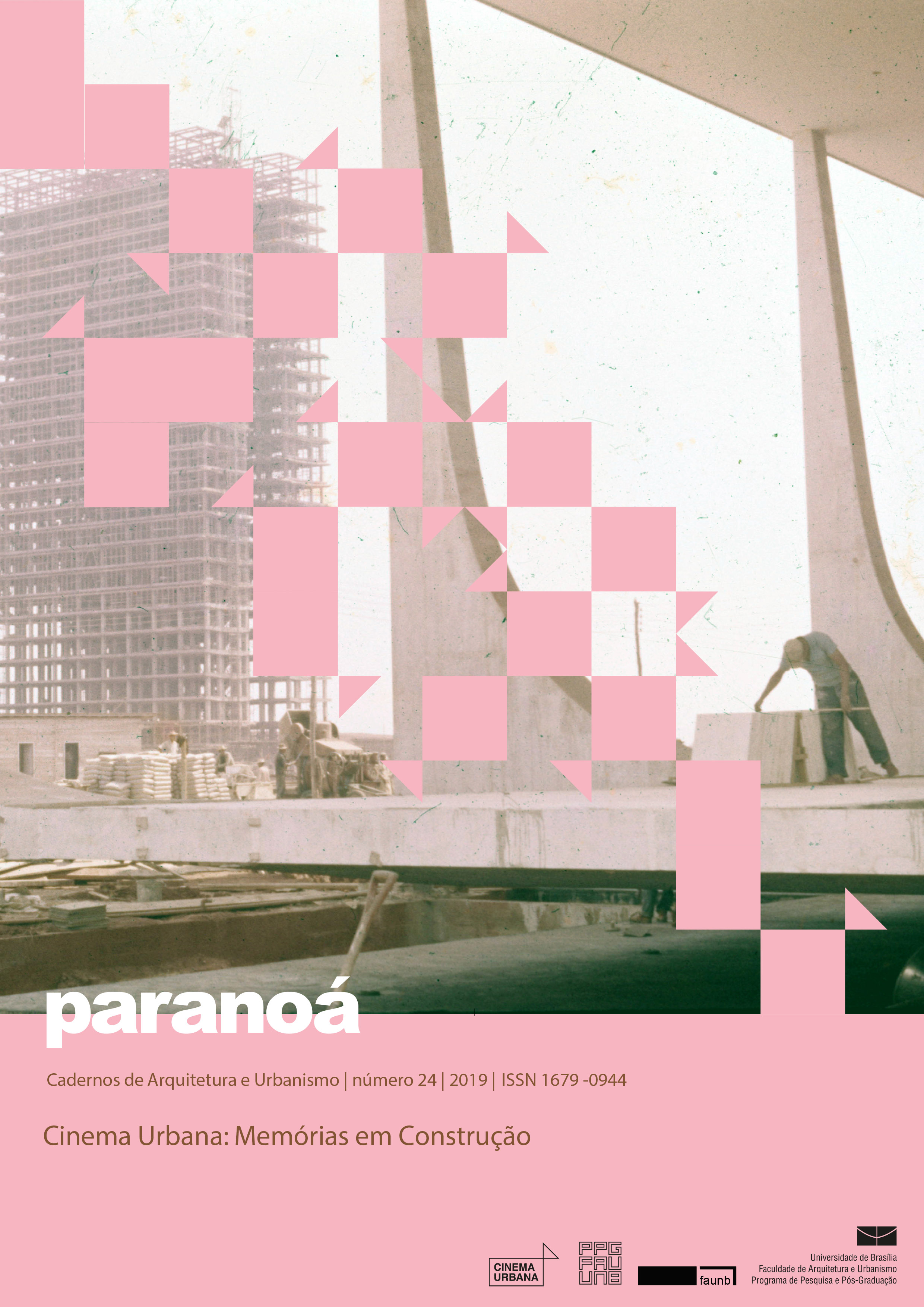Direct speech
Intersections between architecture and cinema
DOI:
https://doi.org/10.18830/issn.1679-0944.n24.2019.02Keywords:
Architecture, cinema, critique, intersectionsAbstract
The paper discusses scenographic architecture as real architecture. To build this argument, the idea is that the architectural culture is mostly built from representations, with cinema being the closest to real experience, because it is built with movement. In cinema, the perception of space is intentionally constructed and experienced by scenographic architecture, which allows identification with the characters because they are coincident with the architectural space they inhabit. It also discusses the influence of cinema on architecture and its limitations, architecture and cinema as storytellers, and the mismatch between the architect's wishes and projections and reality, much more diverse and changing. Thus, it is instigated that architects must design a building, construct it and then release it for life. The text also debates architecture as an image and the loss of symbolism in the contemporary city and attempts by postmodernism to problematize the issue. Finally, the text narrates the intentions of the short film Sizígia, filmed in Piscinas das Marés, a project by Álvaro Siza.
Downloads
References
Downloads
Published
How to Cite
Issue
Section
License
Autores que publicam nesta revista concordam com os seguintes termos:
- Autores mantém os direitos autorais e concedem à revista o direito de primeira publicação, com o trabalho simultaneamente licenciado sob a Licença Creative Commons Attribution que permite o compartilhamento do trabalho com reconhecimento da autoria e publicação inicial nesta revista. http://creativecommons.org/licenses/by/4.0
- Autores têm autorização para assumir contratos adicionais separadamente, para distribuição não-exclusiva da versão do trabalho publicada nesta revista (ex.: publicar em repositório institucional ou como capítulo de livro), com reconhecimento de autoria e publicação inicial nesta revista.
- Autores têm permissão e são estimulados a publicar e distribuir seu trabalho online (ex.: em repositórios institucionais ou na sua página pessoal) a qualquer ponto antes ou durante o processo editorial, já que isso pode gerar alterações produtivas, bem como aumentar o impacto e a citação do trabalho publicado (Veja O Efeito do Acesso Livre).















